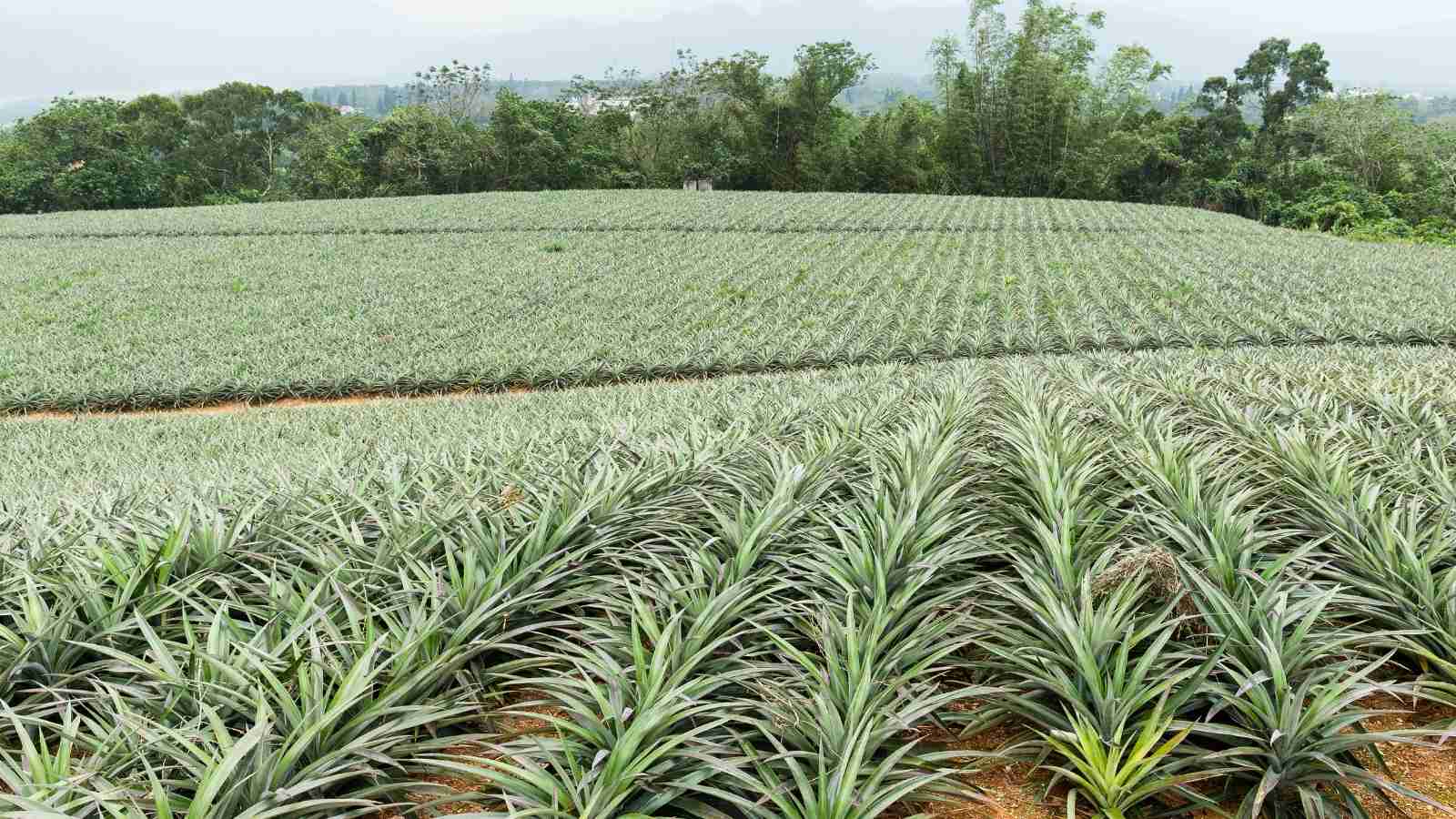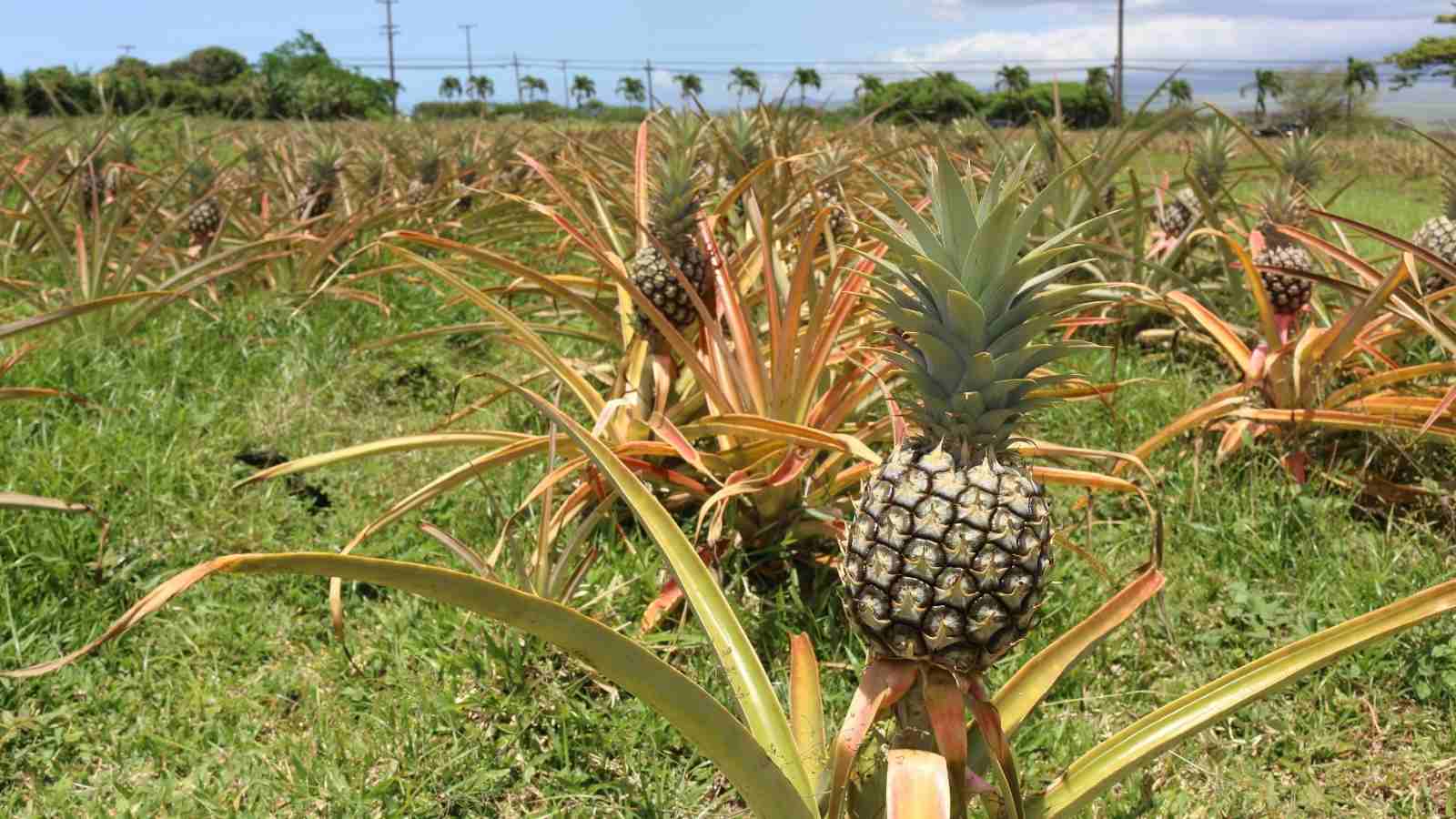With the summers round the corner, having juicy pineapples becomes an absolute favorite treat. The pineapples are extremely easy to grow and can be cultured even at the homes. These tend to grow up in almost all the states across the country. Though they might be prickly at the outside, they have best and the tastiest pulp inside. You can make delicious pineapple raitas. You can also simply chop them into tiny slices or might treat yourself with chilled pineapple juice.
This fruit is indeed great and versatile. Pineapples earlier did not consume a lot of commercial farms. Their growth and demand happened to be very limited in the past days. However, with the newer and healthier generation coming by, the need and the demand of these fruits has increased by a large number. Over the years, pineapple farming too has become a commercial crop.

India produces 1 million to 1.5 million of pineapples in a year and owing to its heavy production. Its stands out as one of the leading producers of the pineapples in the world. These pineapples were not an indigenous fruit rather they were brought to the country during the colonization by the Portuguese. These fruits happened to grow first in Brazil and from there on, the other countries have now started to grow them.
There are various health benefits related to the consumption of this fruit. This fruit is rich in Vitamin C which helps in strengthening the immunity of the body. And it helps in lowering the chances of contracting common cold very frequently. The high content of fiber helps in keeping the problems of bowel syndrome and of constipation at bay. Moreover, they also help in maintaining a proper digestive system by releasing antioxidants.
They are very enriched with vitamins and nutrients that help in proper functioning of the eyes and of the liver. These fruits have become famous not only because of its delicious taste and health benefits but also due to the fact that these fruits earn a heavy income in both the domestic and in the foreign markets. Here in, with greater detail we have described the various facts related to the pineapple farming in India.
1. What are the basic soil conditions that are required for pineapple farming in India?
At large, these fruits can be grown in any part of the country. They do not demand extremely loamy soil nor do they crave for absolute sandy soils. However, the best soil to grow the pineapples is the deeply tilled loamy soil. The soil needs to be within the pH range of 5 – 6 to grow the best variety of pineapples. With any change in the pH level, the soil might no more be useful for the pineapples and might be rendered useless for further farming. Usually, the pineapples happen to be grown primarily in the moist coastal plains of India but even in the plain regions, these fruits can be grown easily.
The most important criteria regarding the soil condition is that the soil needs to be properly irrigated. Excess water is definitely not needed to the crops. Proper regulated irrigation is needed to maintain a moist and a fertile soil for the growth of pineapples in India. Moreover, the soil needs to be infused with heavy organic manure. The tea and coffee grounds mixed with decomposed green leaves serves as the most suitable manure for such plants. Even the usage of chemical fertilizers containing proper amount of nitrogen and phosphorus is also good for the soil.

2. How to plant the pineapples in the soil?
The most important and the common means to propagate the pineapples is by growing them with the help of planting the crown or the suckers or the slips. With the vigorous increase in the demand of pineapples all over the world, the method of tissue culture is also being used to gain fast results. Usually, in half a year, the flowering process starts to begin if the suckers and the slips are used for plantation.
However, if the farmers make use of the crowns, then the flowering season gets delayed by another 4 months to 6 months. Usually, the plants are raised by planting the suckers or slips or crowns, at least a year before the flowering season. In India, primarily, within the time of December to March, the plants can be raised. It needs to be kept in mind that the planting should not be done during the rainy season. The plants should be grown in rows and should be kept at a distance of 25 cm.
